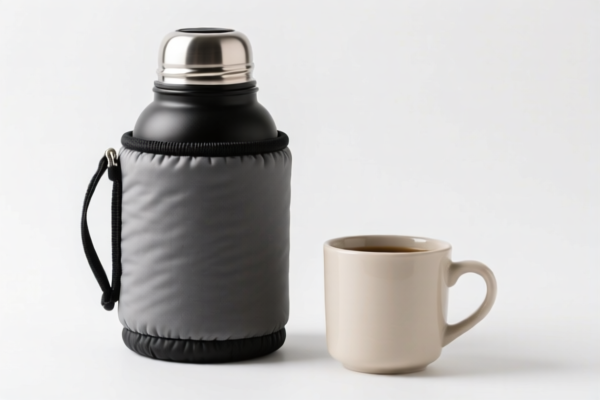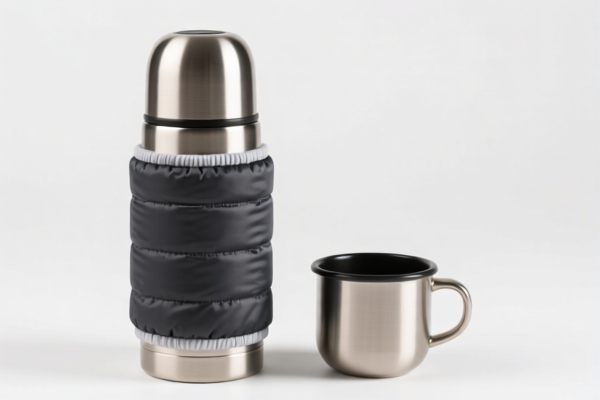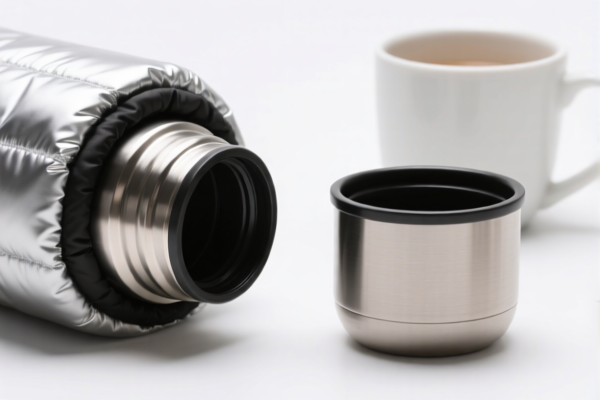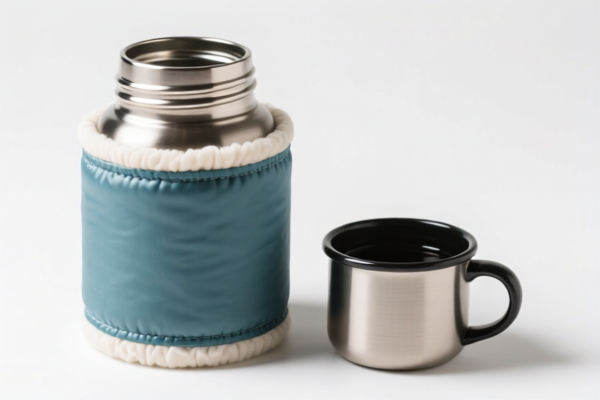| HS Code | Official Doc | Tariff Rate | Origin | Destination | Effective Date |
|---|---|---|---|---|---|
| 7006001000 | Doc | 63.8% | CN | US | 2025-05-12 |
| 7006004050 | Doc | 59.9% | CN | US | 2025-05-12 |
| 7003190000 | Doc | 56.3% | CN | US | 2025-05-12 |
| 7003300000 | Doc | 61.3% | CN | US | 2025-05-12 |
| 7010905005 | Doc | 55.0% | CN | US | 2025-05-12 |
| 7010905015 | Doc | 55.0% | CN | US | 2025-05-12 |
| 7013370500 | Doc | 50.0% | CN | US | 2025-05-12 |
| 7013492090 | Doc | 60.0% | CN | US | 2025-05-12 |
| 9617001000 | Doc | 37.2% | CN | US | 2025-05-12 |
| 9617003000 | Doc | 36.9% | CN | US | 2025-05-12 |
| 7323930060 | Doc | 57.0% | CN | US | 2025-05-12 |
| 7323930080 | Doc | 57.0% | CN | US | 2025-05-12 |
| 7326908688 | Doc | 82.9% | CN | US | 2025-05-12 |
| 7326903500 | Doc | 87.8% | CN | US | 2025-05-12 |
| 3926901600 | Doc | 40.6% | CN | US | 2025-05-12 |
| 3926909905 | Doc | 42.8% | CN | US | 2025-05-12 |
| 3923300090 | Doc | 58.0% | CN | US | 2025-05-12 |




Insulated Flask with Cup
An insulated flask with cup, often referred to as a travel mug or thermos with a built-in cup, is a portable container designed to maintain the temperature of its contents – keeping beverages hot or cold for extended periods. The integrated cup provides a convenient drinking vessel, eliminating the need for separate containers.
Material
- Inner Vessel: Typically constructed from stainless steel (grades 18/8 or 304 are common) due to its durability, resistance to corrosion, and ability to maintain flavor neutrality. Glass inner vessels are less common, offering flavor purity but reduced durability.
- Outer Vessel: Often stainless steel, plastic, or a combination of both. Stainless steel provides robustness and a premium aesthetic. Plastic is lighter and more affordable.
- Insulation: Double-walled vacuum insulation is the primary method. A vacuum between the inner and outer walls minimizes heat transfer via conduction, convection, and radiation. Some models utilize copper plating on the inner wall to further enhance heat retention.
- Lid & Cup: Commonly made of polypropylene (PP), Tritan (a BPA-free plastic), stainless steel, or silicone. Silicone is often used for seals and gaskets.
Purpose
The primary purpose is temperature retention. This makes them suitable for:
- Hot Beverages: Coffee, tea, hot chocolate, soups.
- Cold Beverages: Water, juice, iced tea, smoothies.
- Transport: Designed for portability during commutes, travel, outdoor activities, or simply around the home or office.
Function
- Temperature Retention: The vacuum insulation slows down the rate of heat transfer. Performance varies based on quality and size.
- Leak-Proof Design: Many models feature sealed lids to prevent spills and leaks.
- Durability: Stainless steel construction offers resistance to impacts and dents.
- Convenience: The integrated cup provides an easy drinking solution.
Usage Scenarios
- Commuting: Keeping coffee hot during the drive to work.
- Travel: Maintaining beverage temperature on long journeys.
- Outdoor Activities: Hiking, camping, picnics – keeping drinks hot or cold in variable weather conditions.
- Office/Home: Keeping beverages at the desired temperature throughout the workday or while relaxing at home.
- Sports/Fitness: Staying hydrated with cold water during exercise.
Common Types
- Standard Insulated Flask with Cup: The most common type, featuring a screw-on lid and a separate, often foldable, cup.
- Push-Button Lid Flasks: Feature a push-button mechanism for easy one-handed operation and often include a locking feature to prevent accidental spills.
- Flip-Top Lid Flasks: Have a hinged lid that flips open for drinking.
- Wide-Mouth Flasks: Easier to fill and clean, often preferred for adding ice or thicker liquids.
- Smart Flasks: Some models include temperature displays or Bluetooth connectivity for tracking beverage temperature.
- Food Flasks: Designed for hot or cold foods, often with a wider opening and different lid designs.
- Kids' Insulated Flasks: Smaller sizes, often with more durable construction and leak-proof features.
Based on the provided information, the declared goods, “insulated flask with cup,” can be classified under the following HS codes:
-
9617001000: Vessels: Having a capacity not exceeding 1 liter.
- 96: Chapter 96 – Miscellaneous manufactured articles. This chapter covers a wide range of manufactured articles not covered elsewhere.
- 17: Heading 9617 – Vacuum flasks and other vacuum vessels, complete; parts thereof other than glass inners. This heading specifically covers vacuum flasks and related vessels.
- 001000: Subheading 9617.00.10 – Vessels: Having a capacity not exceeding 1 liter. This further specifies vessels with a capacity of 1 liter or less.
-
9617003000: Vessels: Having a capacity exceeding 1 liter but not exceeding 2 liters.
- 96: Chapter 96 – Miscellaneous manufactured articles.
- 17: Heading 9617 – Vacuum flasks and other vacuum vessels, complete; parts thereof other than glass inners.
- 003000: Subheading 9617.00.30 – Vessels: Having a capacity exceeding 1 liter but not exceeding 2 liters. This specifies vessels with a capacity between 1 and 2 liters.
Regarding HS code 9617001000 and 9617003000, the classification depends on the actual capacity of the insulated flask. Please verify the capacity to ensure accurate declaration.
Customer Reviews
No reviews yet.